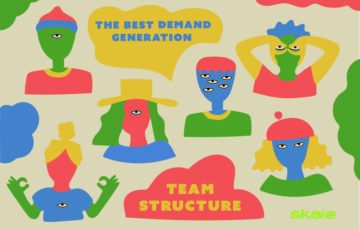
The Best Demand Generation Team Structure to Nurture Leads
So you know you need a demand generation team, now what? Read on for the people you'll need, their skillsets, and what you should be paying them.
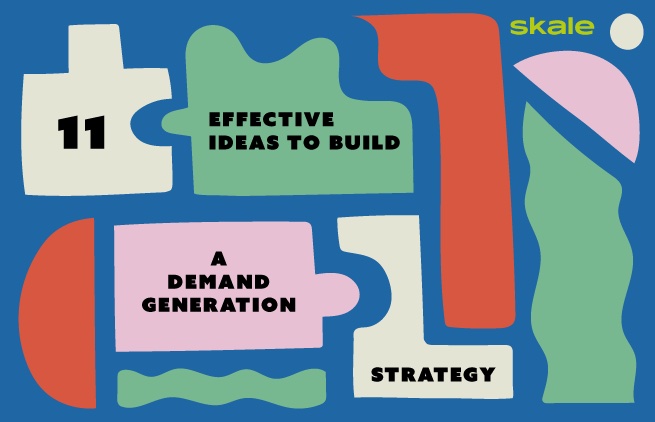
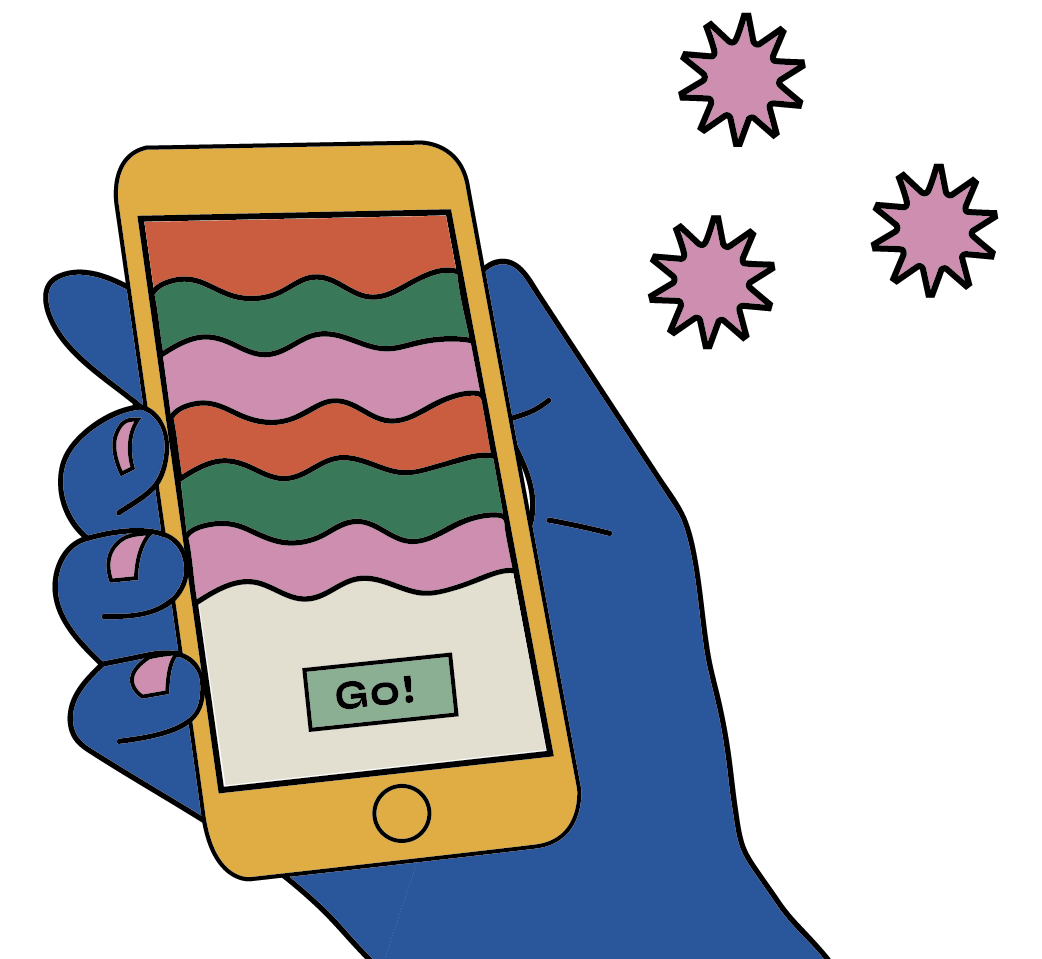
Ask Skale for fresh demand gen ideas
Experience rapid SaaS growth with the help of SEO experts
Schedule a callA solid demand generation strategy requires solid ideas. Nope, the bolded s in ideas isn’t a typo. Your demand generation strategy can’t be a one-pronged approach. You’ve probably already got a ton of demand generation tactics up your sleeve, loosen that up and let them all out, and let’s share the lot. It’s okay to hit the ground running with every weapon in your toolkit.
You’ll soon figure out which demand gen idea works best, and then you can double-up and knuckle down on those ideas that are bringing home the high-quality leads you’ve been looking for since the get-go.
A successful demand generation plan meets users where they’re at, however, if they’re not always at the same place, then this is a little harder to do. In this article, we’re sharing eleven demand gen ideas designed to meet your users where they’re at, and then meet them at the next place, and the place after that too.
Let’s start winning your sales and marketing teams the footfall they deserve, shining a spotlight on your product or service, and increasing MRR for your SaaS business.
Because we forgot a TL;DR in the intro, here’s a breakdown of the demand generation marketing ideas we’ll cover in this article.
Come to this article with an open mind, and don’t think you only need to select one strategy. If your sales and marketing teams have the capacity to take on at least three of these demand generation strategies, then give them the autonomy to do so. Let’s get that sales funnel filled.
So, welcome to the Skale funnel. At Skale, we apply our own services to the agency’s growth strategy, essentially treating the business as a customer. We believe it’s a core tactic for any agency’s growth. 🌱
An SEO and content marketing strategy need to come hand-in-hand if you’re hoping to rank while still providing quality to leads. Inbound marketing strategies don’t need to be one or the other, you’re still able to deliver on SEO terms and topics, while providing written content that website visitors find useful.
In partnership with some incredibly talented SEO wizards, our marketing efforts are creating quality content that’s ranking for terms the SEO agency needs to be known for.
We’ve ranked, and hopefully—by the time you’re reading this—are still ranking for:
So, as is the case with most listicles these days, we featured our priorities front-of-shop. Welcome to the best-performing demand generation process for Skale—SEO and content marketing.
Oh, and in case you’re thinking of implementing this demand gen strategy for your SaaS and are looking for some help along the way, we’ll leave this here.
Apply to work with Skale today.
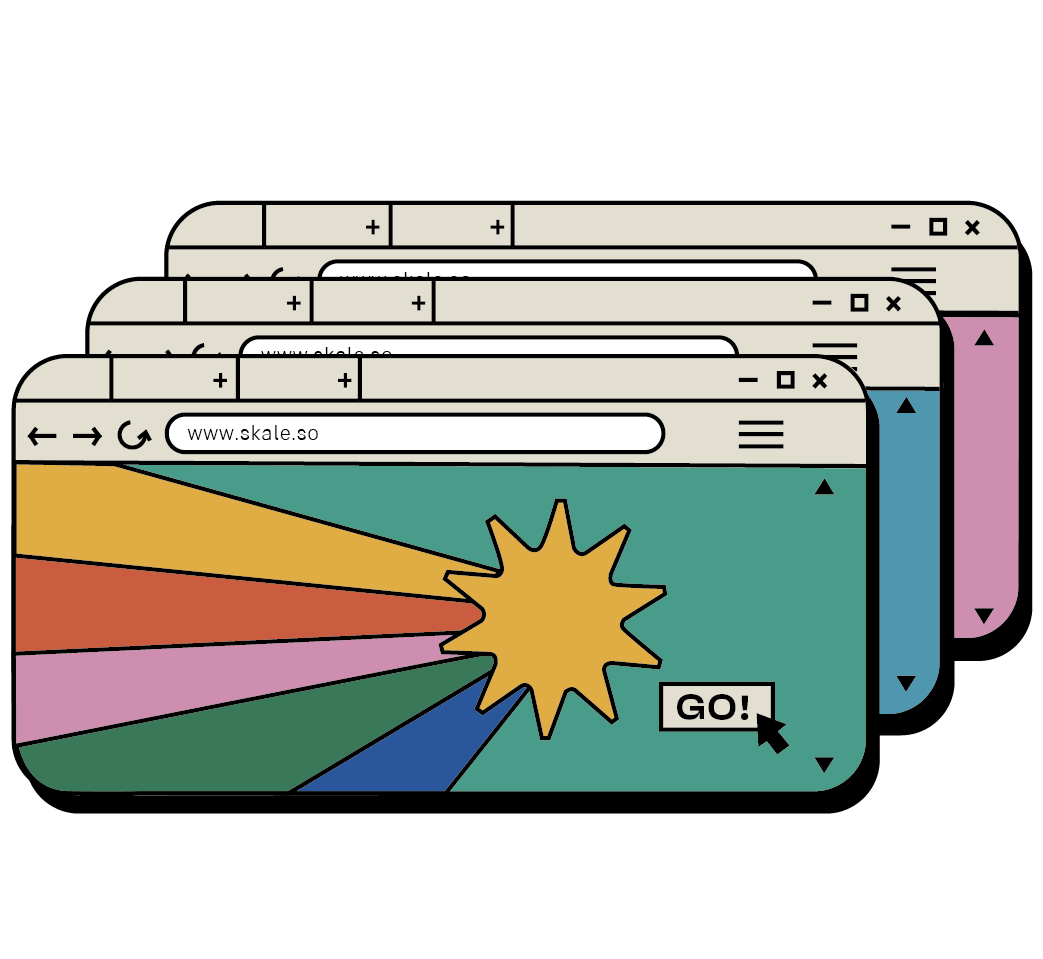
Get inspired from real world content success stories
See how Perkbox reached a £110 cost per opp with a custom made content SEO strategy
See nowComing in a close second on the list of demand generation campaigns are lead magnets. As far as demand gen strategies go, this one is nothing new—an oldie but a goldie. Lead magnets can be anything from E-books to brochures, and this largely depends on your niche.
Let’s look at some examples.
For B2C products or services, brochures tend to be a better lead magnet. A few years back, Ray Slatter Berry, was the Head of Creative Strategy for European Bartender School. Their ICP was very different to the audiences they write for today.
However, back then they created the best lead magnet the company ever had, which they’re still using today.
Brochures are the most tangible experience your ICPs can have and one that can turn them into leads. They’re not something to be reckoned with.
Example number two is Ebooks! Yep, people still read them. If marketing and sales teams are peppering them into their own strategies and customer flows, you’ll give them an even better chance at demand gen success—rather than just waiting for them to be found via Google.
A brand that comes to mind for this particular demand generation strategy is Codility. The technical recruitment SaaS platform provides a ton of free great content in their marketing strategy. However, their gated content—with an email and a few details—is where they’re winning high-quality leads.
Plus, when a user “downloads” an ebook from Codility, they enter a short email flow where Codility sends them tips, tricks, and more content tailored to the initial download.
🤖 Chatbots over modals, chatbots over modals. Say it with us. Let’s say it louder for the people at the back.
Today, chatbots are an absolute must for your demand generation strategy. They save your sales team precious time, allow marketing automation, and are able to address (and track) customer pain points as and when they occur.
They’re also a lot less invasive than modals, and encourage a self-serve product culture that your customer success teams will be thankful for further down the line.
So, for demand generation and lead generation consider a chatbot to help bring in qualified leads. We could probably write an entire article on chatbots, however, a few quick-fire best practices are:
An example of a great chatbot, you ask? Jump over to Whisbi and play around with their ‘bot’—this is a chatbot marketing dream, a demand generation machine, literally.
We may be a little biased on this demand gen idea, but we could harp on about influencers to fill your sales pipeline every day of the week.
Granted, SaaS influencers are a little harder to find. Sure they’re not as common as your foodies, or clothes haul OOTDs, however, they are out there and they are rife—even if they’re unintentionally influencing, and they can provide you with quality leads.
Let’s start with what we’re all thinking: LinkedIn—and get this social giant out the way. Of course, LinkedIn’s usually first on the list for social media demand generation efforts. 94% of B2B marketers go to LinkedIn over other social channels, and 90% of social traffic for B2B blogs comes from the platform—so it’s worth posting on there regularly.
A few of our fan favorites on LinkedIn are:
It’s also good to think outside of the box as far as possible. Our users are humans too, and it’s all too easy to think that your brand should only be on LinkedIn as that’s a professional platform. However, when was the last time you really scrolled on LinkedIn? Let’s say for over ten minutes?
You need to be looking at meeting users where they are, in their ‘human hours.’ When they’re zombied after a hard day in the virtual office, and are mindlessly scrolling on the sofa back home. TikTok, Twitter, Instagram, Youtube, Quora! There are tons of fantastic social media platforms out there for your next demand generation campaign.
Need more? Sure, here’s a list of SaaS influencers for your demand gen campaign:
🤓 Extra reading: The top demand generation metrics to track in 2024.
One of the best demand generation strategies we’ve seen in action is to pre-launch your SaaS product to prospective customers. Now, of all demand generation ideas, this one is perhaps one of the trickiest to do, or at least the most specific to implement. Why? You need an audience, which is tough if you don’t have a product, or aren’t on the influencer’s list above.
Kick-start this demand generation marketing tactic and get your product on Kickstarter or ProductHunt to get some hype going for your product and start building that all-important mailing list.
This mailing list consists of your innovators and early adopters from your product adoption curve. They have the potential to be your most loyal customers, your product builders, and your biggest brand ambassadors. Find your people, build their trust, and then VIP-style launch your product to them first.
Guy Nachum did exactly this with Layla Electric, a SaaS platform that enables property managers to reduce operational costs and increase the sustainability level of their assets.
“Our first clients were family and friends, we didn’t publish anywhere—it was all word-of-mouth. Because we were part of an acceleration program, they arranged different calls with stakeholders from different companies, which helped us build out our pre-launch mailing list. They were all very nice and wanted to be part of BETA testing—it was very interesting to them and Layla appealed to their pain points.”
As Guy launched a B2B product in BETA, he didn’t need many clients to generate traction as businesses buy so many units.
“We’re not working in an environment where we need multiple leads and emails, we need just 100 great clients to hit our ARR goals.”
This type of pre-launch helps growth in more ways than one, Guy told us more.
“It’s always surprising because you can be very fixed on an idea of what the market wants, but you get feedback on what they actually think is important, and the features that are of most value to them—and how much they want to pay for those features. If the market won’t pay for something then the feature is just not worth investing time and money on.
Another thing we’re learning from our pre-launch is sometimes you think the product needs to go in one direction, and your first customers present an entirely new route. They open pathways you thought were not even relevant.”
We’d like to think that the pandemic’s behind us by now *anxiously touches wood* 😅. In-person events and meetings are cropping up to take over the new normal. There’s a huge amount of screen fatigue today. We’re tired of tinny voices, shaky screen shares, and having to over-animate our reaction when we’re on mute.
Of all our demand gen strategies, in-person meets give you the biggest potential to lean back into relationship-based sales. Remember the running theme of this article? Meet your customers where they’re at. Figure out upcoming events they’ll be attending and make sure you’re on the guest or speaker list.
If they’re not into events but are a potentially huge lead then make the effort to visit them in person. Show them there’s more to you than an email address and a 5-year-old profile picture. It’s time to take your demand generation marketing strategy offline again, and combat digital tactics with real-world relationships.
🤓 Extra reading: The secret demand generation tools experts don’t want you to know about
Don’t come for us because we just told you to combat screen fatigue. We also have to stay on the topic of meeting your target audience wherever they may be. The truth is, they may not want to meet offline—and that’s okay, we’ll have you ready for that too!
Look to host or co-host webinars that add real value to your ICPs. These webinars need to focus on addressing pain points and jobs-to-be-done while having your product as the underdog—not the champion. Webinars are not product demos.
Webinars 👏 are 👏 not 👏 product 👏 demos.
Although webinars do fulfill a few demand generation aims, like building email lists as well as product and brand awareness and demand, they don’t need to be your “traditional” webinars. Social media lives are a great way to catch your leads outside of the office, with Twitter Spaces being the most exciting demand generation channel, for us, right now.
If you’re building a demand generation program and want to give your brand as much potential as possible to reach qualified leads then webinars need to be on your hit list.

Pay per click advertising is always up for debate. Should you run a demand generation campaign so heavily reliant on ad spend?
First up, it depends on your resources. Can you afford it? Do you have the talent available to create ads and a full-funnel ad campaign that will help not only drive demand for your business but result in actual wins?
If you do, is this what will work with your demographic? The truth is, you won’t know unless you try. But, to give yourself enough data to try, you need to be prepared to spend a little. There’s definitely a downward trend, 40% of companies say their PPC budget is not what it used to be.
One thing your PPC can really help with for an overall successful demand generation strategy is insights. PPC campaigns can massively help you streamline your SEO bets; from low-hanging fruit keywords to content topics. Learn from what your PPC strategy brings up and use it elsewhere in your B2B demand generation strategies.
Another oldie but goldie, co-marketing has been a go-to tactic for generating demand for a long time, and it’s showing no sign of slowing down. If anything, it’s evolving to find unique ways that brands and business leaders can partner together to provide quality experiences to target audiences.
Make the most of the community your marketing co-partner has already built and enrich your own with the unique perspective the partner can bring to any experience.
You’re probably leaning towards a co-marketing webinar as your first thought. However, demand generation best practices warrant co-marketing as a mutual exchange of exposure and marketing team lift. Perhaps this is an in-app product shout-out, a blog or backlink exchange, a newsletter feature, or something more in-depth.
Figure out a solution that works best for both and exchange marketing campaigns instead of cash for your demand gen efforts.
This is a really easy win, and a free tool for SaaS product marketing teams to capitalize on. Websites like G2 or Capterra are your ICPs playground, no matter your niche. Make sure your product is listed on these places and start putting effort into building an all-star reputation there.
In doing so, it will not only give a healthy 3rd-party perspective for future customers scoping you out, but you’ll also be featured alongside your competitors in comparison pages that these websites host. This is great if you’re a relatively new SaaS as you’ll get a slice of the prime real-estate pie alongside those competitors that your target audience has their eyes on.
Lastly, these pages are high-intent browsers. They’re visited by those looking to make a purchase, so if you’re not featuring at this stage in their buying decision then you’re seriously missing out.
Well hello there, little buzzword. You’ve probably seen or heard of something micro in the last couple of years. Whether that’s micro-influencers, micro-communities, or tactics. We’re in love with all things micro except when it comes to our phones and food.
And, we’re showing no sign of slowing that trend down. Micro-tools are the next in-demand topic to hit the market and they are hot as potatoes. Micro-tools are essentially a (free) tool that gives users a unique insight into what it’s like within your paid product.
If you’ve got the resources to create a micro-tool then it’s well worth the effort to reach your potential customers. A few of our favorite free SaaS micro tools on the market at the moment are:
We’re done! If you made it this far in the article, we salute you. If you skimmed this far in the article, then we thank you all the same. Hopefully, you’re considering at least one of these demand gen ideas by this point!
Have a great day!
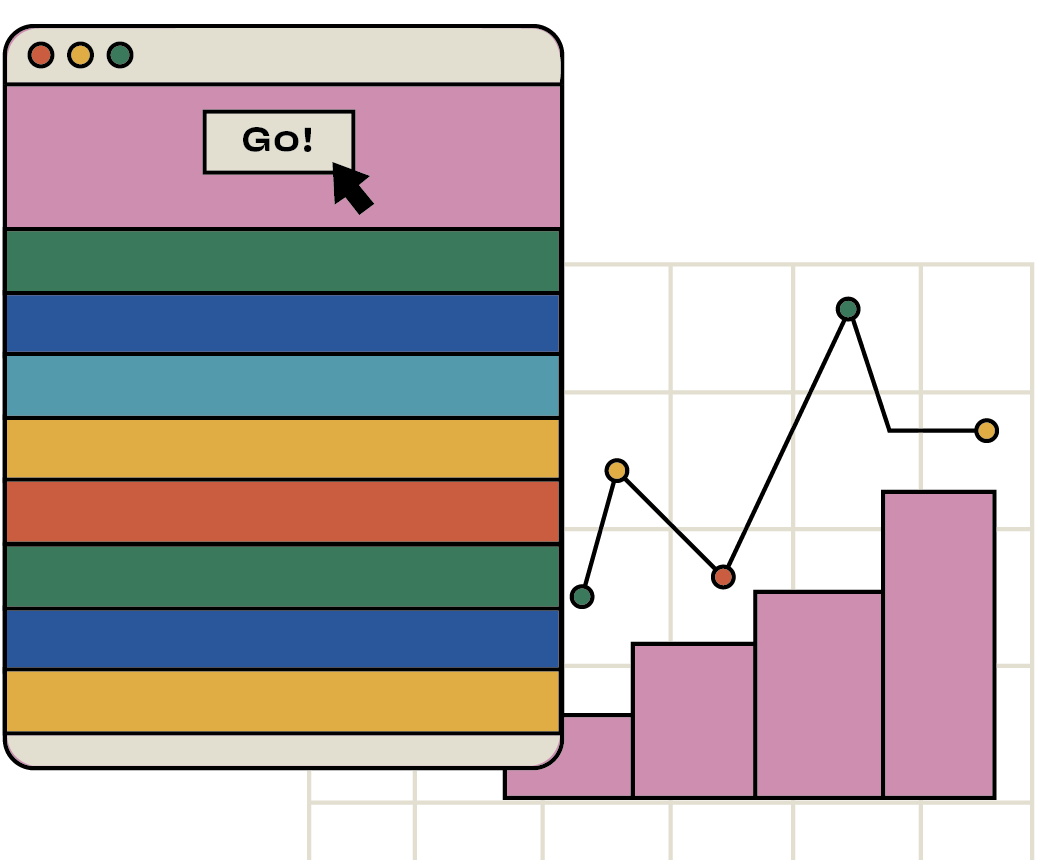
Hyper scale your SaaS demand generation
Partner up with Skale and watch your SEO results skyrocket
Learn moreGreat examples of demand generation are SEO, content marketing, co-marketing campaigns, offline events, free tools and chatbots. Demand generation works differently for different brands and their audiences, you’ll need to pick one that resonates best with yours.
You can generate demand by implementing tactics like content marketing, brand partnerships, pre-launch campaigns, and so much more. Demand gen isn’t easy, but it’s well worth the lift.
Demand generation is the act of generating demand and interest for your brand and product. Lead generation is generating accounts of people that are ready to buy your product. Demand comes before lead.
Learn more about
Demand Gen

The Best Demand Generation Team Structure to Nurture Leads
So you know you need a demand generation team, now what? Read on for the people you'll need, their skillsets, and what you should be paying them.
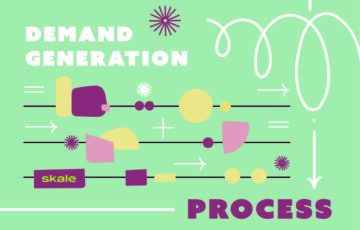
6 Elements to Include in your Demand Generation Process
Everything you need to know to build a stellar demand generation process, and a more profitable SaaS business.
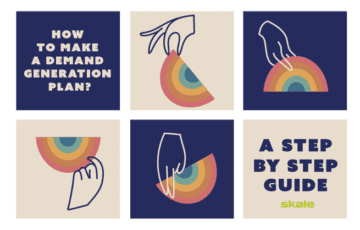
How to Craft a Winning Demand Generation Plan
Your eight-step guide to crafting a demand generation plan that helps your SaaS take flight.